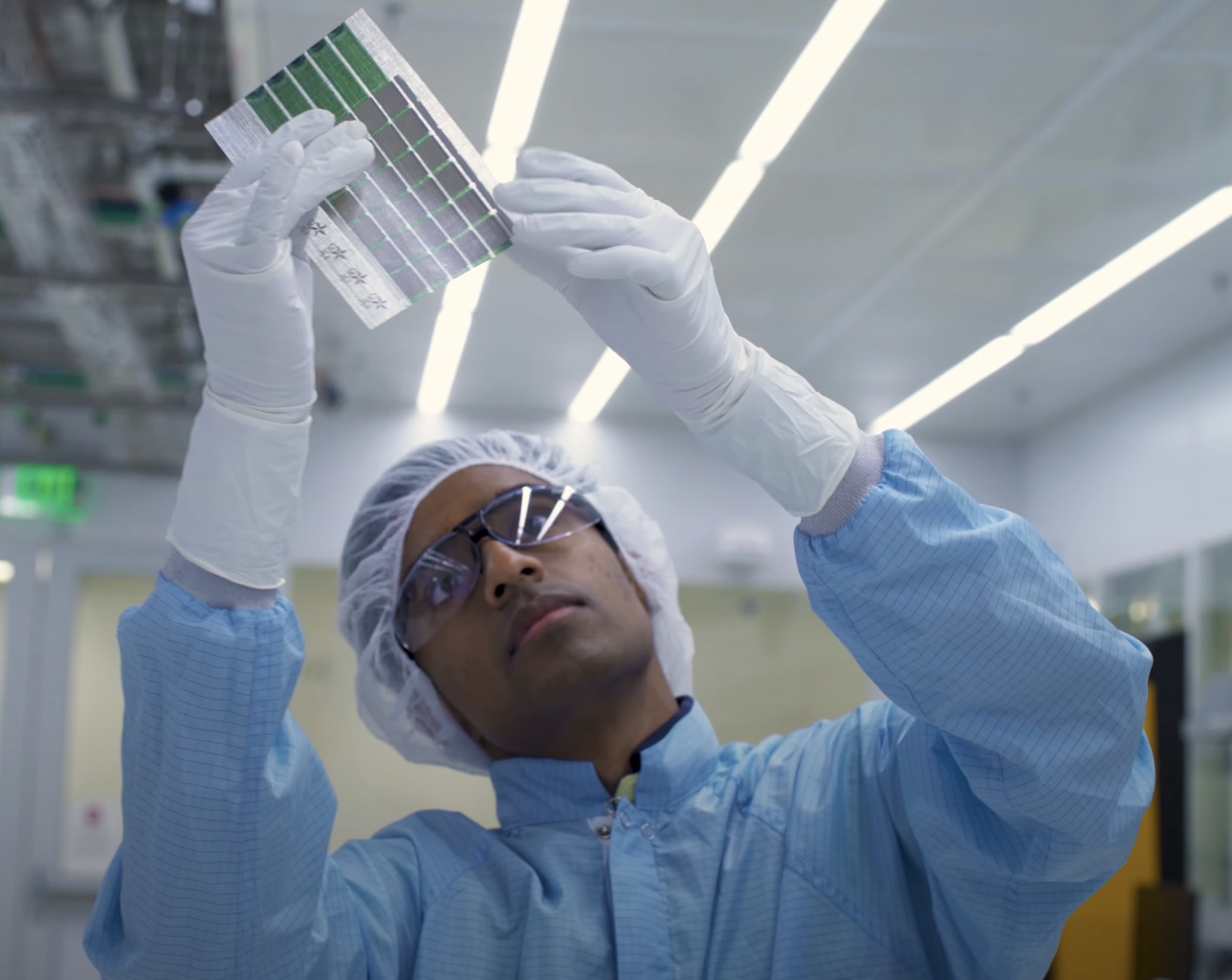
Paper-thin solar cell can turn any surface into a power source
MIT researchers develop a revolutionary new way to harness solar energy
When we think about solar energy the first thing I assume most people jump to are the large black panels that adorn houses in nice suburbs, but with this new invention, we might have a new image pop into our minds. Researchers at MIT have produced ultralight solar energy cells that are thinner than human hair and are one-hundredth the weight of a conventional solar panel. Even though these solar cells come in small packages they are able to produce 18 times more power per kilogram than their large and bulky competitor. Not only can it harness solar energy at a more efficient rate, but these cells can be affixed to any fabric and are a lot more flexible and durable allowing a lot more uses for these powerhouses. When affixed to clothing these solar cells can allow solar energy on the go, or provide energy to locations during any emergencies.
One of the coolest parts of these solar cells is it utilizes semiconducting ink and are entirely printable. One day in the future we might see these solar cells be brought to the large-scale printing process. With the complex nature of the current device, it would not be practical to have an everyday print shop produce these specific cells, but one day that might change. One adjustment that was theorized to help simplify the process was producing these solar cells directly into clothing. This would help skip some of the more complex steps of sealing the panels with adhesives while still allowing easy and powerful solar cells to be affixed to clothing.
With every day bringing new and amazing changes to our industry, we might see a completely different subsect of printing shops arise in the next decade solely dedicated to developing solar cells onto different printed media. It is always such a blast to see all the new things we can do as an industry and I cannot wait to see what the future has in store for us.
To read more about this awesome new advancement in solar energy click here
